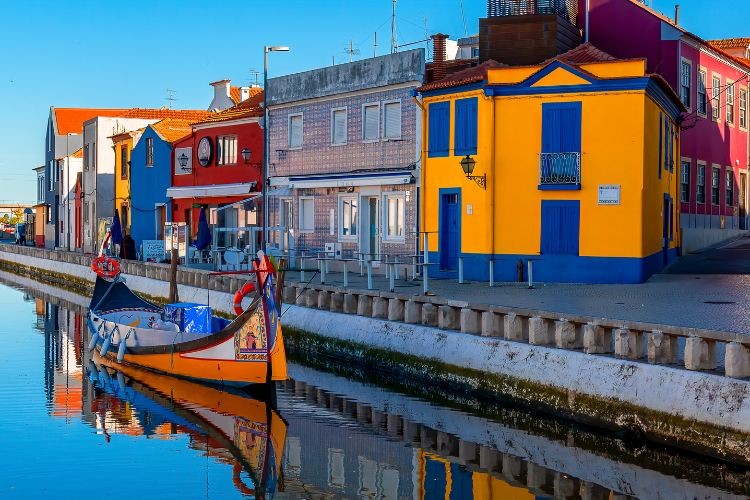Bees are struggling to survive under the threat of climate change
Climate change and extreme weather have contributed to the tragic decline of the bee population worldwide. The bee’s contribution to agricultural production and the environment is enormous, with its possible disappearance signalling incalculable consequences for the planet.
As for the global economic impact that the bee’s inability to fertilize 1/3 of the crops that directly depend on its existence will bring to agriculture, according to the Food and Agriculture Organization of the UN, it is estimated at 153 billion euros. Last winter, 16% of the number of bee colonies was lost. Environmental organizations and activists are calling for immediate action to save their species.
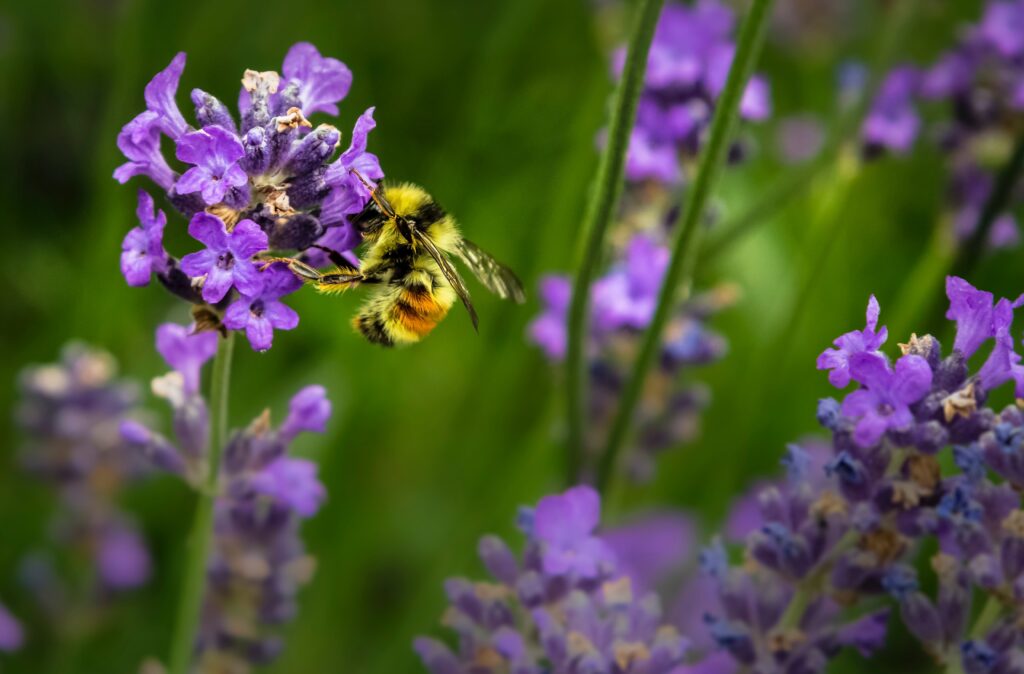
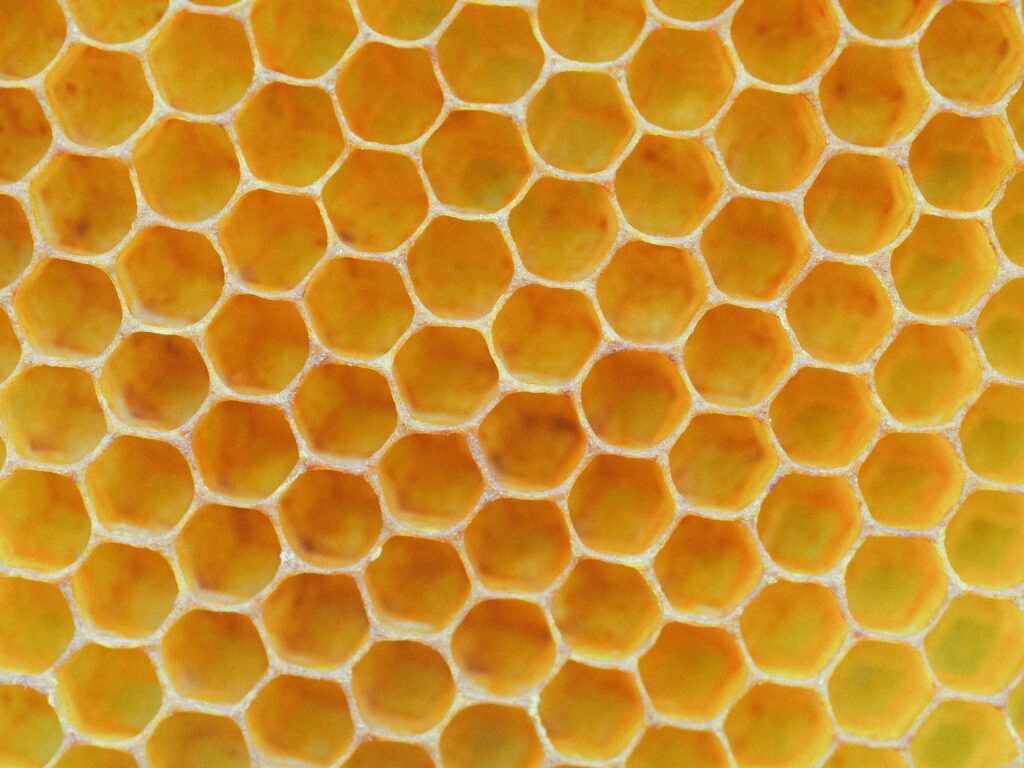
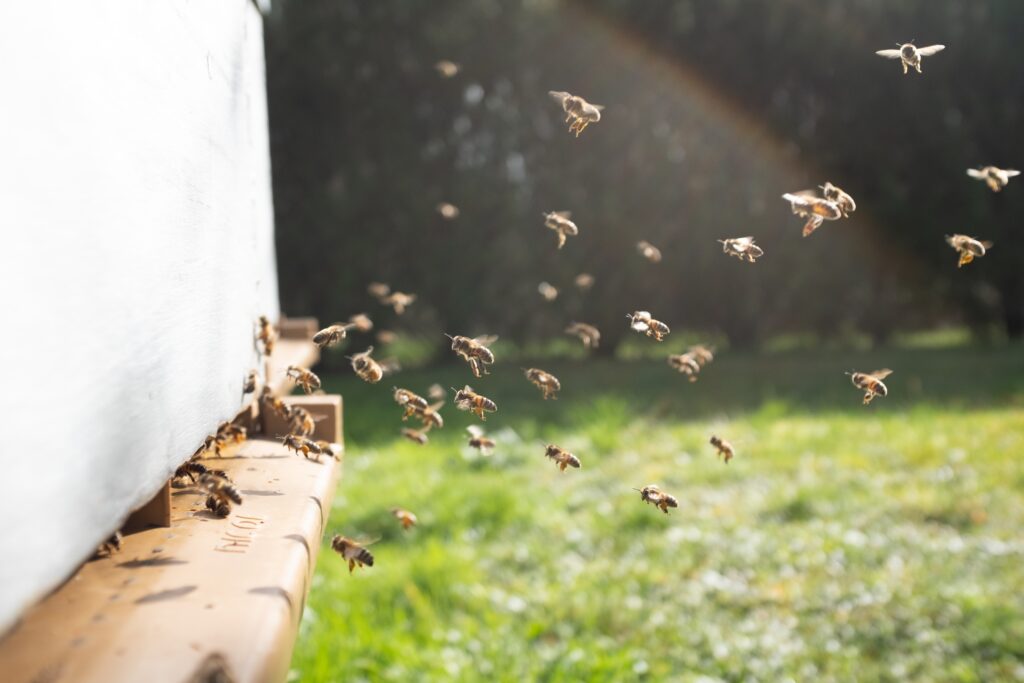
Without bees, our food would be limited to corn, rice, and wheat
According to scientific studies, 84% of cultivated plants need bees for pollination, while 80% of wild vegetation is due to bees. Tones of the food produced worldwide today are linked to pollination by bees. If bees disappear, 71 of the world’s 100 most important bee-pollinated crops will also begin to disappear. Fruits such as apples, strawberries, and almonds will sharply decline.
The climate crisis threatens bees
Pesticides, disease, pests, climate change, and human overexploitation of the bee are just a few of the academic explanations that have been proposed in the intervening decade for the tragic decline in its global population. A decline that directly threatens human life as we know it.
According to the WWF, the average temperature of the earth’s surface has risen about one degree Celsius since the start of the industrial revolution. A recent Intergovernmental Panel on Climate Change report estimates that global warming is having an even more drastic effect on terrestrial and marine ecosystems than previously thought. Added to this is the human exploitation of the habitats belonging to many species.

Bee-friendly bus shelters
The English city of Leicester is transforming bus stops into bee stops to combat the shrinking bee population. The “Living Roofs” network consists of 30 bus stops whose roofs have been covered with a mixture of wildflowers and sedum, a favourite plant of pollinators. These shelters will contribute positively to biodiversity and climate resilience, absorb rainwater that falls on the roof, limit the urban “heat island” effect, and help make the city greener.
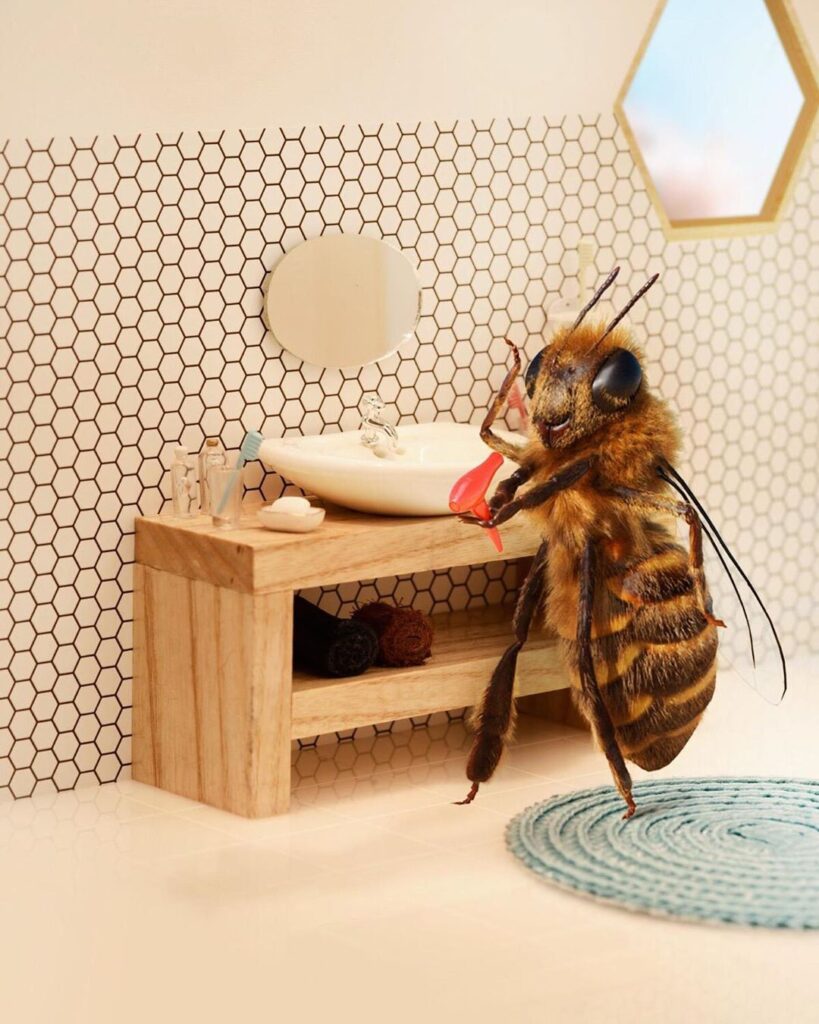
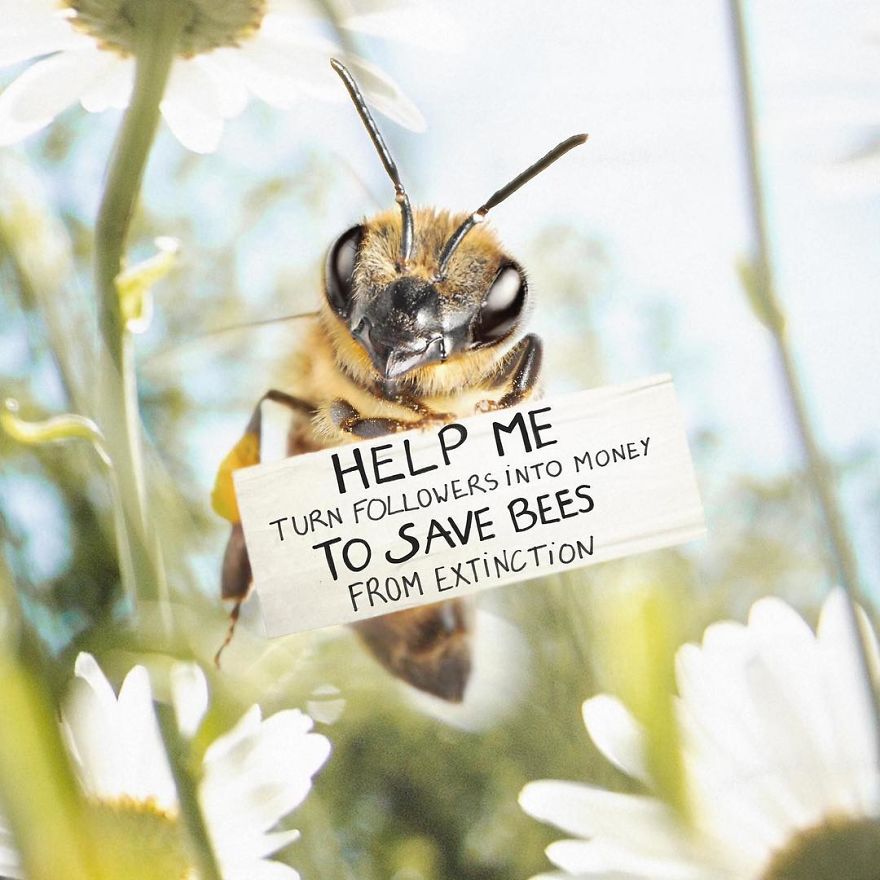
“B”, the world’s first bee influencer
With bees now threatened with extinction, several efforts are being made to raise public awareness of both the problem and the devastating effects that the disappearance of bees from the planet would have.
“B” is the first influencer bee, which aims to raise awareness among citizens worldwide. “I am the 1st bee influencer. Follow me guys: the more followers I have, the more we will save bees,” is the message hosted by the bee_nfluencer account on Instagram, which currently has over 240,000 followers.
The people behind the ‘B’ are the Fondation de France (FDF), a charitable network set up by the French government to save bees: the Bee Fund finances actions to prevent further decline in the population of these lovable and so necessary – due to pollination – thrown away. “In France, more than 30% of bee colonies disappear every year. By protecting bees, we protect people,” the Bee Fund’s website notes.



